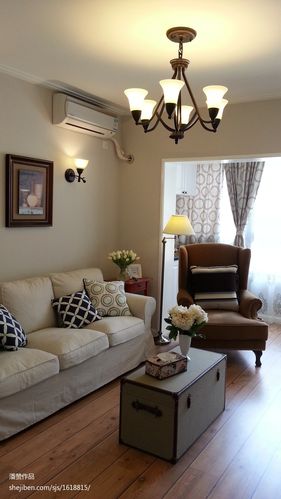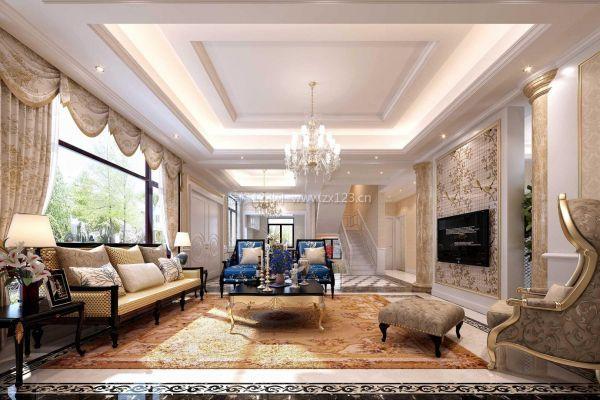
BRITISH STANDARD
BS 6806:2002
Textiles —
Determination of formaldehyde — Method for the
determination of total and free (water extraction method) formaldehyde using chromotropic acid
L i c e n s e d C o p y : L o n d o n S o u t h B a n k U n i v e r s i t y , L o n d o n S o u t h B a n k U n i v e r s i t y , T h u F e b 08 08:25:51 G M T +00:00 2007, U n c o n t r o l l e d C o p y , (c ) B S I
BS 6806:2002
This British Standard, having been prepared under the direction of the Sector Policy and Strategy Committee, was published under the authority of the Standards Policy and Strategy Committee on 17 May 2002© BSI 17 May 2002
The following BSI references relate to the work on this British Standard
Committee reference TCI/80Draft for comment 01/122797 DC
ISBN 0 580 38851 4
Committees responsible for this British Standard
The preparation of this British Standard was entrusted by Technical
Committee TCI/80, Chemical testing of textiles, upon which the following bodies were represented.
Association of Consulting Scientists
British Retail Consortium British Textiles Technology Group
British Measurement & Testing Association Co-Operative Union
Home Laundering Consultative Council Laboratory of the Government Chemist SATRA Technology Centre
UK Cleaning Products Industry Association Textile Institute Woolmark Company
Amendments issued since publication Amd. No.
Date Comments
L i c e n s e d C o p y : L o n d o n S o u t h B a n k U n i v e r s i t y , L o n d o n S o u t h B a n k U n i v e r s i t y , T h u F e b 08 08:25:51 G M T +00:00 2007, U n c o n t r o l l e d C o p y , (c ) B
S I
BS 6806:2002
© BSI 17 May 2002
i
Contents
Page
Foreword ii
1Scope
12Normative references 13Apparatus and reagents 14Total formaldehyde
25Free and water soluble formaldehyde 36Calibration graph
47Calibration and expression of results 48
Test report
4Annex A (normative) Standardization of formaldehyde stock solutions 5Bibliography
6
L i c e n s e d C o p y : L o n d o n S o u t h B a n k U n i v e r s i t y , L o n d o n S o u t h B a n k U n i v e r s i t y , T h u F e b 08 08:25:51 G M T +00:00 2007, U n c o n t r o l l e d C o p y , (c ) B S I
BS 6806:2002
ii
© BSI 17 May 2002
Foreword
This British Standard has been prepared under the authority of the Standards Strategy and Policy Committee for Materials and Chemicals of the British Standards Institution (BSI). It replaces BS 6806-1:1987 and BS 6806-2:1987, which are already withdrawn.
Its preparation was entrusted to Technical Committee TCI/80, Chemical testing of textiles, which has the responsibility to:
to its Secretary.
The method described in this revision of BS 6806 is not compatible with BS EN ISO 14184-2 because of the different chemistry used to determine the formaldehyde.
A British Standard does not purport to include all necessary provisions of a
contract. Users of British Standards are responsible for their correct application.Compliance with a British Standard does not of itself confer immunity from legal obligations.
Summary of pages
This document comprises a front cover, an inside front cover, pages i and ii, pages 1 to 6, an inside back cover and a back cover.
The BSI copyright notice displayed in this document indicates when the document was last issued.
L i c e n s e d C o p y : L o n d o n S o u t h B a n k U n i v e r s i t y , L o n d o n S o u t h B a n k U n i v e r s i t y , T h u F e b 08 08:25:51 G M T +00:00 2007, U n c o n t r o l l e d C o p y , (c ) B S I
BS 6806:2002
© BSI 17 May 2002
1
1 Scope
This British Standard describes two methods for determining formaldehyde on textiles: “total
formaldehyde” and “free and water-soluble formaldehyde” using chromotropic acid and sulfuric acid for detection and quantification. The methods may be applied to any textile product containing a form
aldehyde-based precursor.
The methods are not compatible with and cannot be compared directly with BS EN ISO 14184-1 and BS EN ISO 14184-2.
2 Normative references
The following referenced documents are indispensable for the application of this document. For dated references, only the edition cited applied. For undated references, the latest edition of the referenced document (including any amendments) applies.
BS 1752, Specification for laboratory sintered or fritted filters including porosity grading [ISO 4793:1980].
BS EN ISO 3696, Water for analytical laboratory use — Specification and test methods.
3 Apparatus and reagents
3.1 Balance , accurate to ±0.0001g.
3.2 Conical flasks , 150ml and 100ml, fitted with ground glass stoppers.3.3 Boiling tubes , 150mm × 25mm.
3.4 Sintered glass filters , of porosity P160 (see BS 1752) to fit the neck of the boiling tubes.3.5 Water bath , capable of maintaining (25 ± 1)°C and (100 ± 2)°C.3.6 Volumetric flasks , 50ml.
3.7 Spectrophotometer , for measuring absorbance at a wavelength at 570nm; bandwidth 8nm or better.3.8 Purified water , complying with or better than BS EN ISO 3696 Grade 3.
3.9 Chromotropic acid , (disodium-4,5-dihydroxynapthalene-2,7-disulfonic acid) 50g/l aqueous solution, freshly prepared (no older than 12h) and, if necessary, filtered before use.
NOTE
A new calibration curve should be prepared for each new bottle opened.
3.10 Concentrated sulfuric acid , (density 1.84g/ml) of analytical reagent quality.
3.11 Sulfuric acid , 6M. This is prepared by carefully adding concentrated sulfuric acid (600g, 325ml, 3.10) to purified water (3.8) and making up to one litre when cooled to 18°C to 22°C.
3.12 Sulfuric acid , 7.5M. This is prepared by carefully adding concentrated sulfuric acid (750g, 405ml, 3.10) to purified water (3.8) and making up to one litre when cooled to 18°C to 22°C.WARNING These two methods use concentrated acids. Standard safety precautions for handling concentrated acids should be used.
3.13 Formaldehyde solution in water , nominally 370g/l of general purpose reagent quality.
3.14 Wetting agent , comprising of a 1g/l in purified water (3.8) solution of nonionic ethoxylated alkyl phenol.
NOTE 1The choice of wetting agent as received is governed by its effectiveness in wetting out the specimen without affecting the /l hinder the development of the coloured complex.NOTE 2
L i c e n s e d C o p y : L o n d o n S o u t h B a n k U n i v e r s i t y , L o n d o n S o u t h B a n k U n i v e r s i t y , T h u F e b 08 08:25:51 G M T +00:00 2007, U n c o n t r o l l e d C o p y , (c ) B S I
更多推荐








发布评论